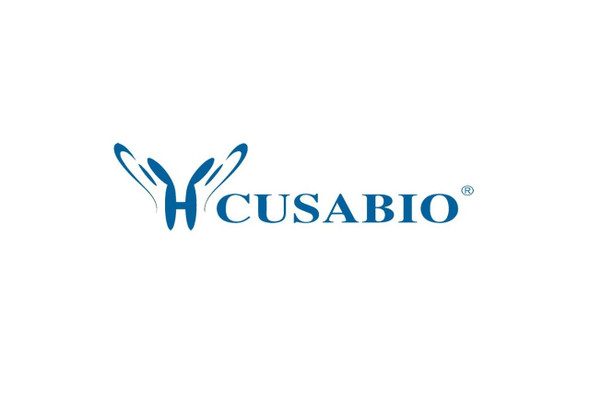Cusabio Polyclonal Antibodies
KCNE3 Antibody, HRP conjugated | CSB-PA22569B0Rb
- SKU:
- CSB-PA22569B0Rb
- Availability:
- 3 to 7 Working Days
Description
KCNE3 Antibody, HRP conjugated | CSB-PA22569B0Rb | Cusabio
KCNE3 Antibody, HRP conjugated is Available at Gentaur Genprice with the fastest delivery.
Online Order Payment is possible or send quotation to info@gentaur.com.
Product Type: Polyclonal Antibody
Target Names: KCNE3
Aliases: Potassium voltage-gated channel subfamily E member 3 (MinK-related peptide 2) (Minimum potassium ion channel-related peptide 2) (Potassium channel subunit beta MiRP2), KCNE3
Background: Ancillary protein that assembles as a beta subunit with a voltage-gated potassium channel complex of pore-forming alpha subunits. Modulates the gating kinetics and enhances stability of the channel complex. Assembled with KCNB1 modulates the gating characteristics of the delayed rectifier voltage-dependent potassium channel KCNB1 (PubMed:12954870) . Associated with KCNC4/Kv3.4 is proposed to form the subthreshold voltage-gated potassium channel in skeletal muscle and to establish the resting membrane potential (RMP) in muscle cells. Associated with KCNQ1/KCLQT1 may form the intestinal cAMP-stimulated potassium channel involved in chloride secretion that produces a current with nearly instantaneous activation with a linear current-voltage relationship.
Isotype: IgG
Conjugate: HRP
Clonality: Polyclonal
Uniport ID: Q9Y6H6
Host Species: Rabbit
Species Reactivity: Human
Immunogen: Recombinant Human Potassium voltage-gated channel subfamily E member 3 protein (1-57AA)
Immunogen Species: Human
Applications: ELISA
Tested Applications: ELISA
Purification Method: >95%, Protein G purified
Dilution Ratio1:
Dilution Ratio2:
Dilution Ratio3:
Dilution Ratio4:
Dilution Ratio5:
Dilution Ratio6:
Buffer: Preservative: 0.03% Proclin 300
Constituents: 50% Glycerol, 0.01M PBS, pH 7.4
Form: Liquid
Storage: Upon receipt, store at -20°C or -80°C. Avoid repeated freeze.
Initial Research Areas: Neuroscience
Research Areas: Neuroscience






